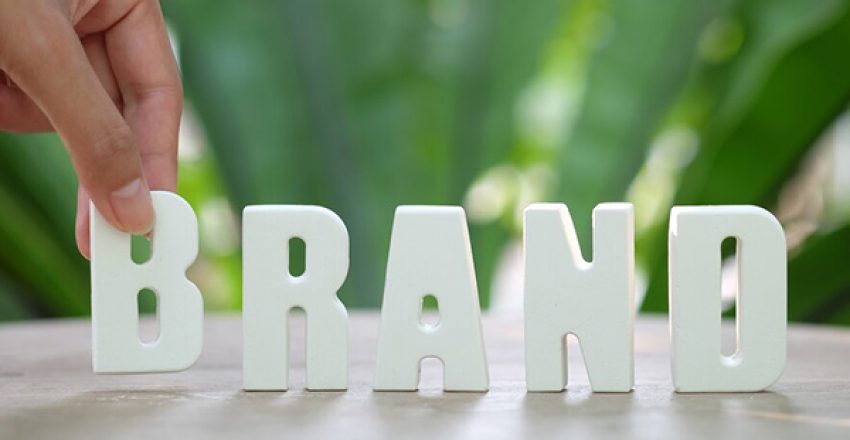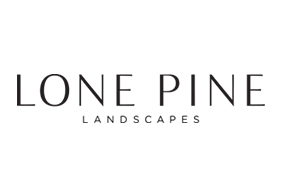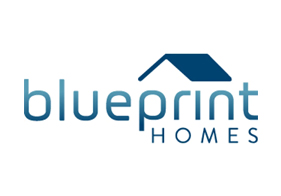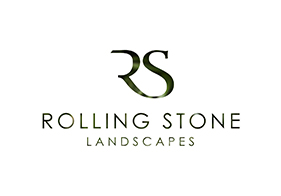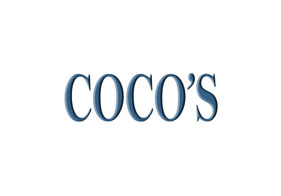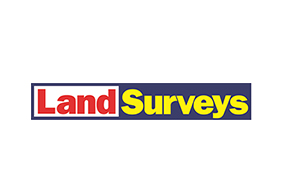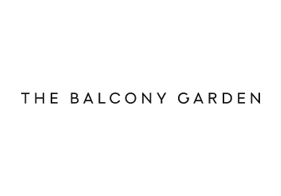Did you know that the colours you use for your logo, marketing material, product packaging, or social media can make or break your brand identity? This is not just hearsay.
According to research, 80% of brand recognition is contributed to by colour. What does this mean?
Using the right colours is crucial for ensuring your brand is perceived as you intended by your target audience. But again, what do we mean by the “right” colours?
If you’re keen enough, you might have noticed patterns across various industries. For instance, in finance and IT, most brands tend to use blue colour for their branding. Do you think that’s a coincidence? Not quite.
According to psychology, blue is associated with trust, confidence, and stability. Therefore, since financial and IT institutions want to be perceived as trustworthy, stable, and confident, they use blue colour to brand themselves. It’s that simple.
However, it’s almost impossible to use just one colour for your brand. The reason is that brands stand for multiple things, and the colours need to portray that. Therefore, the concept of a colour palette comes in.
What is a Colour Palette?
Think of colour palettes as the group of colours you combine to create a branded material. This group will typically have primary and secondary colours.
Colours evoke a certain emotion, as science has repeatedly shown. Therefore, the colours you choose for your brand should communicate the exact emotion associated with your brand. Like in the example we gave above, if a bank used neon colours for their marketing, it would be considered unprofessional and overly casual. That would be bad for business, right? Precisely.
So, what colours would be appropriate for your brand? In this article, we will guide you how to choose the right colour palette to create a memorable brand identity.
Why Colours Matter in Branding
Why care about colour anyway? Well, if you understood the significance of colour in branding, you wouldn’t be wondering about that. So here are the reasons why colour is so important for your brand’s identity.
- Colours drive brand perception before words do: Your brand’s colour palette is the first thing people notice—often within seconds. It sets expectations before they’ve read your tagline or engaged with your content. This means colour isn’t just decorative; it’s strategic. It anchors your visual identity in a way that speaks louder than your copy or visuals initially can.
- Colours shape subconscious judgments: Studies show that up to 90% of judgments about a brand can be based solely on colour. It’s not just about emotional triggers like “red equals energy.” It’s also about context and saturation. A muted red can feel vintage and approachable, while a vivid red can feel urgent or high-energy. The shade and context matter as much as the hue itself.
- Colours build associations beyond the brand: Smart brands use colours to implant themselves into cultural moments or lifestyles. Think of how brands like Patagonia use earthy greens and oranges to align with sustainability or how tech brands use clean, futuristic blues to connect with innovation. Your colour isn’t just about you—it’s about what your audience wants to feel part of.
See? Colour is much more relevant than you thought. Now, how do you ensure you choose the right colours? We’ll talk about that next.
Tip for Choosing Your Brand’s Colour Palette
Let’s get right into it.
1. Know Your Brand
This might sound unreasonable, but give us a minute to explain. Of course, having created the products or services you sell, you have a solid idea about what business you’re in. But that’s not enough.
Brand personality is a thing. It refers to the human traits and characteristics that consumers associate with your brand. This helps to shape their perceptions and emotional connections to it.
To find out your brand personality, begin by asking yourself a few questions.
- Which group of people does your brand target?
- What industry are you in?
- What adjectives best describe your business? (Examples include fun, quirky, etc.)
- Do you want to fit in or stand out?
Answers to these questions will help you paint a picture of your brand. In other words, you will be able to describe your brand to someone without having to talk about what the brand is about. That’s kind of the goal of branding.
2. Learn About Colour Symbolism
Colour symbolism is a branch of psychology that studies how human beings associate colour with emotions. For as long as humans have walked on earth, colour has been at the centre of everything.
We could get to the details of how colour hits our eyes and how the brain translates it as visible light, but that’s not the point of this article. However, if you’re interested, read this article.
Back to colour associations. Here are the general emotional associations that we have assigned colour;
- Red: Passion, energy, excitement. It’s like the colour equivalent of chugging an energy drink.
- Blue: Trust, stability, calm. It’s the responsible older sibling of the colour world.
- Green: Nature, growth, health. It’s like a salad, but for your eyes.
- Yellow: Happiness, optimism, attention-grabbing. It’s the golden retriever of colours.
- Purple: Luxury, creativity, royalty. It’s the colour equivalent of feeling fancy.
- Orange: Friendly, cheerful, confident. It’s like a hug in colour form.
- Black: Sophistication, luxury, mystery. It’s the little black dress of the colour world.
- White: is about purity, cleanliness, and simplicity.
So, with the adjectives you chose above and the feeling you wish people to feel when they see your branded material, choose a colour. You didn’t find it? The next tip might help.
3. Find Inspiration From Other Brands
You don’t have to reinvent the wheel. Unless your brand is completely unique, there is already another brand in your niche from which you can derive inspiration.
What does this mean? You can get inspired by other brands to create your own colour palette. Note that this exercise is about finding inspiration. Therefore, it will involve a bit of research into your industry standards.
One of the best approaches to use is to stalk your direct competitors. Browse their websites, see what colours they’re using, and try to find patterns from a large sample size. Armed with this information, you can now narrow down the common colours and create your own palette.
Inspiration does not only have to come from your competitors. Now, with tools like generative AI, you can describe your brand to a tool like Midjourney and tell it to generate something to represent it.
4. Stick to the 60-30-10 rule
Generally, your colour palette should be made of three colours, distributed in a 60%, 30%, and 10% ratio. Let’s break it down;
● Primary or Dominant Colour: 60%
This is the main colour that dominates the brand. Think of it as the main colour that people see or remember when they think of your brand. Therefore, it should be the colour that corresponds to the main emotion that your brand evokes.
● Secondary colour: 30%
Which colour compliments the dominant colour? If you have an eye for design, this would occur to you naturally. Otherwise, you might end up choosing colours that do not complement each other. Remember that as much as the goal of a brand palette is to create brands that communicate your brand, they should also be visually appealing.
● Accent colour: 10%
In design, accent means a bright colour that helps create contrast. Therefore, it is used sparingly to avoid dominating the dominant and secondary colours. This means the accent colour does not necessarily have to complement the primary and secondary colours.
5. Consider the Cultural History of Colour
Your brand will most likely serve a diverse audience with people from different cultural backgrounds. To ensure that you’re being mindful, you need to learn what the colours you choose mean to different people.
For instance, in China, the red colour is considered the colour of luck but in Western countries, it is associated with danger. See the problem?
This infographic does a great job of explaining the context of colour in culture.
So, how do you ensure you use the appropriate colours for your brand but still remain culturally mindful? Simple, you adapt to the specific audiences you’re appealing to. This is mostly for international brands.
Big brands are good at doing this. For instance, McDonalds sticks to the iconic red and yellow for its global audience since it is associated with excitement and appetite. However, in Europe, the trend has gradually shifted to green accents in these markets due to growing environmental concerns.
Would this shift change the brand identity of your brand? Highly unlikely. You should ensure the core brand values and guidelines remain consistent across the board. Of course, this might be an expensive agenda, but it’s worthwhile since the perception of your brand is at stake.
Common Mistakes Brands Make When Choosing a Colour Palette
There are common pitfalls that brands fall into when choosing their colour palettes. Here are some of them and how you can avoid falling into them.
- Brand making it about them
The brand is yours, but it serves others not you. Therefore, it shouldn’t be about what you like but what is appropriate for your brand. Therefore, don’t ask yourself “What colour do I like?” Instead, focus on what the perception of certain colours is by the majority.
- Failing to adjust palettes over time
We have seen brands that have maintained a colour since its inception. But that mostly happens if the brand is set on one thing. Or, it happens to rigid brands that don’t benefit much from evolution. But, if you want to move with time and remain trendy, you can’t afford to stick to one palette forever. In other words, your brand must keep evolving as its focus changes.
- Not accounting for accessibility
In design, accessibility refers to being inclusive to address the needs of everyone, especially people with various disabilities. People living with visual impairments might find it hard to read your branded materials if you have too many distracting colours. Therefore, aim to have the right balance with contrast to avoid this.
- Following trends
This is the biggest mistake you can make for your brand. Most trends, especially in popular culture, are short-lived. That said, if you base your colour palette on a trending colour or phenomenon, you might lose your brand identity since you will not have a particular stand. To avoid this, focus on timeless colours, especially for the dominant colours.
- Choosing unscalable colour palettes
Scalability is essential in branding. It simply means the ability of your brand to be flexible while maintaining its core identity. Some colours can be too restrictive and limit creativity. So, your brand’s colour palette should be scalable to accommodate new directions, seasonal changes, or emerging themes.
Regain Control of Your Brand’s Identity
Good branding is what stands between you and your dominance in your niche. If your target audience doesn’t perceive you as you intended, you risk losing credibility. But you don’t want that, right? So, let us help you regain control of your brand’s identity with our professional brand development services today. Contact us to learn more.



